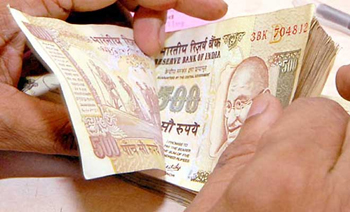 New Delhi, Aug 21: Notwithstanding a high savings rate of 16 per cent per annum, second only to China, around 78 per cent of Indian employees still believe they are not saving enough for a comfortable retirement, says a report by Towers Watson.
New Delhi, Aug 21: Notwithstanding a high savings rate of 16 per cent per annum, second only to China, around 78 per cent of Indian employees still believe they are not saving enough for a comfortable retirement, says a report by Towers Watson.
According to the global professional services firm, a large number of employees are not confident of affording a long spell of retirement amid high inflationary pressures.
"In the face of a high inflationary environment and the advent of nuclear families, retirement adequacy is fast emerging as a national challenge with serious economic and social ramifications," Towers Watson India Benefits Director Anuradha Sriram said.
The report noted that though Indian employees have the second highest savings rate at 16 per cent, second only to China, yet a large number are not confident of affording a long spell of retirement with an overwhelming 78 per cent feeling the need to save more.
To overcome a possible insufficiency of retirement income, it is interesting to note that across all age groups, Indian employees would rather save more than extend their retirement age.
A majority 56 per cent Indian employees would rather save more as compared to 29 per cent who would prefer to work a few years longer, says the survey.
With most Indian employees expecting to retire around the age of 60, saving for retirement has appeared as the top financial priority for those above 50 and amongst the top 3 across all age groups.
Amongst members of retirement plans, housing and saving for retirement are the top 2 priorities in the below 40 age group, while saving for retirement is the top priority for those above 40.
"While many remain unsettled about their post retirement financial prospects, India has a relatively young workforce, thus allowing them time to plan.
"That said, there is an evident need for the government and employers to take cognisance of the issue and incentivise or mandate such savings," Sriram said.
The survey was conducted across 12 countries, covering 22,347 employees working for large, non-government employers.





Comments
Add new comment